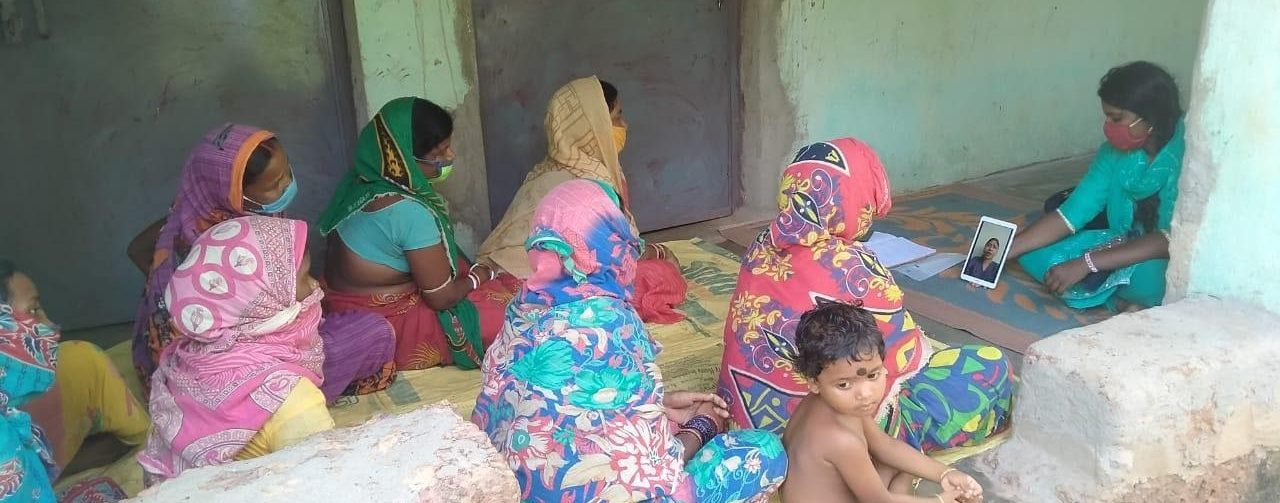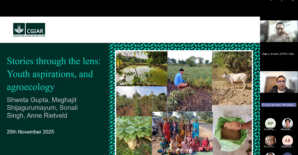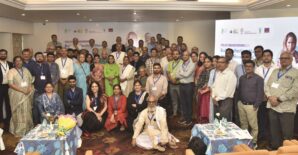In the agricultural state of Odisha, we are studying a new credit model by Dvara E-Registry that issues loans based on georeferenced crop pictures and associated satellite imagery for a farmer’s plots. Agricultural credit is widespread in Odisha: in 2017–18, farmers jointly borrowed USD 2.07 billion for agricultural purposes. Dvara’s innovation is meant to improve access to credit (and promote productive investments in agriculture) for farmers with a ‘thin file,’ who lack access to land records or credit scores, particularly women.
But to ensure that women felt comfortable applying for these loans, we first wanted to understand gender norms in the study context and evaluate whether gender training could improve women’s demand for credit. We find that even with supplemental gender training, a credit product designed to address women’s access still may not be enough to encourage borrowing (and thus reduce the gender gap in credit utilization). Ultimately, the gender training we studied did not impact how respondents perceived gender roles in agriculture or women’s demand for agricultural loans, but we share takeaways for others similarly working to empower women in agricultural households.
Gender norms in agriculture in Odisha
We conducted a survey with 693 male respondents and 535 female respondents in two districts in Odisha and asked a series of qualitative questions to understand norms regarding women’s roles and decision-making around household agriculture. We found:
- Women are less likely than men to report being involved in agricultural decision-making (e.g. input purchases and practices, etc.), but this is consistent with who they report “should” be involved in these decisions .
- Among households that took out a loan, women were significantly less likely to have had a final say in the decision to take out this loan— especially for agricultural purposes — even though the loans were more likely to be recorded in their name (see Figure 1 below).

Figure 1: Particularly for agriculture loans, women are less likely to have a final say in taking out a loan, despite being significantly more likely to have a loan taken out in their name.
- Demand for agricultural credit was also much lower among women than among men.Women requested significantly smaller loans for the upcoming agricultural season, and those who did not borrow for the last season were less likely to say that they needed the loan, whereas men were more likely to ascribe their decision not to borrow to the design and terms of the loan (see Figure 2 below).

Figure 2: When asked why they did not take out a loan, women were much more likely to report that they didn’t need a loan.
Can training shift gender norms around decision-making and borrowing?
Dvara E-Registry’s activities focus primarily on meaningfully increasing the supply of credit for these women despite prevailing norms. We partnered to test whether a gender training could shift these norms and improve women’s demand for credit. The training (originally tested and well-received in-person but adapted to video format given the COVID-19 pandemic) showed women as entrepreneurial farmers and advocated for a stronger say in credit decisions. It starts with a story of a woman vegetable farmer who had become more prosperous, and able to take care of her family, as a result of a loan that had allowed her to invest more in agriculture. The training challenged beliefs that women do not provide important contributions to agricultural work, and that women should be restricted in related decision-making.
To understand the impacts of the training we randomly assigned 23 villages to receive these trainings via screenings at their regular microfinance group meetings, and 20 villages to serve as a comparison. In total, 145 women and 102 men reported watching the training.
So far our findings suggest that the training had no impact on how respondents perceived gender roles in agriculture, nor demand for agricultural loans (see Figures 3 & 4below).


Figure 3 (left): In response to the training, neither men nor women significantly shift their perception of the proportion of agricultural decision-making domains in which they believe they should have a say. Figure 4 (right): The amount that a respondent would like to borrow in the upcoming agricultural season does not significantly change in response to the training, whether male or a female respondent.
It is too early to tell why we are not finding an impact. There were implementation challenges: we relied on microfinance agents to not only screen the video on a tablet but also conduct interactive exercises with participants, and they did not always deliver the training as intended. Survey respondents’ perceptions of the training were not always as positive once the training was transferred to a video format. Interestingly, women liked the training less than men, who were more likely than women to report that the training provided new knowledge.
This brings us to our key take-away messages:
- Collect different kinds of data, especially when adapting a pilot to new conditions. The pandemic prevented us from collecting thorough qualitative data on participants’ perceptions of the training and potential impacts of the intervention on norms held within targeted communities. While key informants involved in project implementation (e.g., enumerators and field coordinators) felt that the training increased awareness of gender roles among women and pushed women to desire financial autonomy, more systematic data collection of this type would be needed to interpret this impression alongside the null quantitative findings.
- Consider targeting households, not individuals. We find that men valued the training more than women, as it provided them with new knowledge. Since men typically have the final say in the decision to take out a loan, even if in a woman’s name, improving women’s demand for and access to credit will need to involve targeting both women and men.
- Do not focus only on improving credit supply. Our final take-away message has also come up in previous DCO blogs, such as this one: digital credit providers should not assume that prospective clients will receive them with open arms, as demand for credit is far from universal, especially in agricultural contexts. We found lower demand for agricultural credit among women than among men, and our gender training did not help overcome this gap.
In future research, we will explore alternative solutions to increase women’s access and take-up of agricultural loans, including a picture-based credit model that uses georeferenced smartphone images of farmers’ plots and associated satellite imagery to provide access to credit based on past cultivation data rather than land ownership. Dvara will be using the insights from our research to strengthen gender trainings and targeting of clients, to ensure that this new credit model will benefit both women and men. Stay tuned for more results.
Berber Kramer (Senior Research Fellow, IFPRI), Patrick Ward (Assistant Professor, Duke Kunshan University), and Subhransu Pattnaik (Research Analyst, IFPRI) discuss their joint work in India on gender and demand for digital loans for agriculture supported by a pilot grant from CEGA’s Digital Credit Observatory (DCO).
This blog was originally published in Center for Effective Global Action (CEGA) website here
Photo: Women in Odisha watch the gender training video as part of their regular microfinance meeting. (Credit: Shashank Bhushan Das | Dvara E-Registry)
As climate change, market volatility, and structural shifts reshape India’s agri-food systems, states like Bihar find themselves at a critical
Randomized control trials, or RCTs, are touted as the gold standard for causal inference. Their seemingly simple design assumes away
Mechanized direct seeded rice (DSR) is increasingly promoted as a climate-smart alternative to puddled transplanted rice (PTR), offering water savings,



